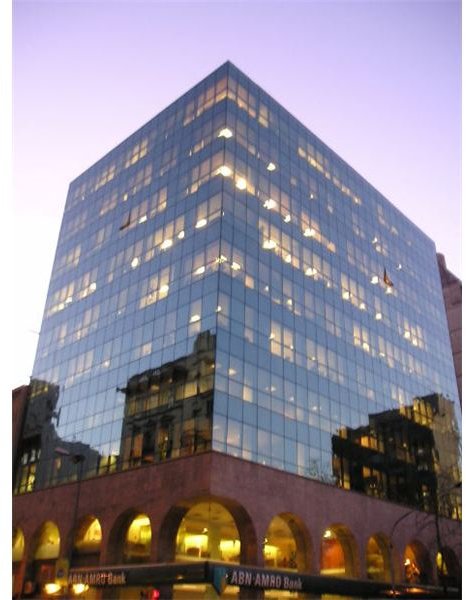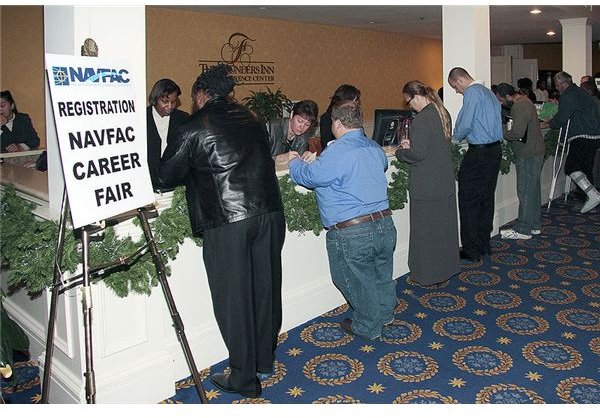Use These 11 Successful Group Interview Tips
A Group Interview Is like an Audition
To fully appreciate the 11 must-know group interview tips, it pays to know just why companies (as well as academia) opt for this semi-informal means of vetting candidates. After all, a one-on-one job interview is much more effective at discovering an applicant’s job skills, educational background and demeanor. With the economic downturn slanting the playing field advantage for the employer, companies now not only review a candidate’s skills and education on paper (via a template resume assessment and a brief personal interview), but also evaluates the applicant’s likely fit with the corporate culture.
The University of Wisconsin unabashedly states that it relies on the group interview process to gauge the interaction between various candidates. Applicants who easily interact with others score higher than those who are visibly uncomfortable in their skins. So what are the tips and tricks for making it through this audition-type interviewing process?
11 Interview Tips for the Group Format
1. Dress comfortably in business-like attire. Unlike the one-on-one interview where the applicant is mostly seated, the group interview may take longer, require a lot of standing and sitting and also calls for some moving around. To be comfortable in your skin, wearing comfortable business attire and shoes is a must.
2. Interact with other applicants. Candidates are expected to interact with other applicants. In some cases, the interviewer will offer a scenario and invite comments from the group for a possible solution. Be sure to engage other applicants while respectfully displaying your level of knowledge.
3. Gear interactions based on the job for which you are interviewing. If interviewing for a supervisory position, make it a point of initiating contact with other candidates via an introduction. This demonstrates an outgoing personality that is not afraid to meet and greet others (an expectation of any supervisor). Conversely, if interviewing for a lower-rung position it is wise to primarily respond – rather than initiate – contact, unless you feel the setting requires you to initiate contact.
4. Body language matters. Smile, shake hands and make eye contact. This pertains to your interactions with the interviewers and your competition.
5. Modulate your tone of voice. Tone down a loud laugh and avoid a silly giggle. Your tone of voice should be sufficiently loud to be heard but not so loud as to drown out conversations. Most importantly: be sure that your voice sounds confident.
6. Actively listen to others’ answers. Do not be afraid to use body language to show your interest in another’s contributions. Avoid interrupting another applicant.
7. Make your answers brief and succinct. It is a common danger of the group setting to fall into a personal pattern of verbal repetition. Avoid this mistake at all costs.
8. Expect the element of surprise. The interviewer wants to know who can deal with it and who is thrown for a loop.

9. Stand out from the crowd. It is difficult to stand out when trying to keep answers short and to the point. Yet therein lays the advantage of the group interview: it is possible to catch interviewers – who are expecting more of the same – off guard with an unexpected answer. For example, research the company extensively and when asked why you want to work for XYZ Corporation (while everyone lauds the benefits) stand out by expressing your interest in being a part of the group that heads up the company’s growth in the European market.
10. Play to the entire panel. Group interviews are frequently directed by a panel of interviewers. This panel – as outlined by the UIS Career Development Center – may consist of a supervisor, manager, the HR representative, who is an old hand at recruitment interviews, and future coworkers. Answer questions in such a manner that they satisfy the concerns and curiosities of all those interviewing. Do not merely gear an answer to the panelist asking the question.
11. End the experience with handshakes. Thank the interviewers for their time and also be sure to shake hands with the other candidates. Remember: until you are out of the building, you are still being evaluated. An applicant who runs for the door when the interviewer concludes the session will not be remembered as favorably as one who makes the time to shake hands and wish other candidates good luck.
Mistakes to Avoid
An unguarded moment of sitting with arms (or legs) crossed makes the applicant look ill at ease. Responding to another candidate’s answer with a bit of a smirk is a warning sign for an interviewer; it points to an unprofessional applicant who may well become a difficult to train worker.
Remember to keep an eye on the interviewer’s body language; if it looks like she is ready to move on, come to a close with your answer. A final mistake that is tempting to make – but should be avoided at all costs – is a direct comparison to the applicant sitting next to you.
While these group interview tips help a candidate get ready for the experience, only a visibly relaxed individual will be able to adhere to them. As you discover how to be successful in group interview settings, consider doing some simple breathing exercises in the car before heading in, so as to relax your mind and your body.
Sources
- University of Wisconsin. “Resident Assistant Application Workshops” (retrieved March 12, 2011at https://www.uwec.edu/housing/Resources/ResidentAssistants/workshops.htm)
- UIS Career Development Center: “Interviewing” (retrieved March 12, 2011 at https://www.uis.edu/careerservices/launch/interviewing.html)
- Photo Credit: “Career Fair” by U.S. Navy photo by Ensign John Land/Wikimedia Commons
- Photo Credit: “Office Building” MorgueFile/Alvinmann
